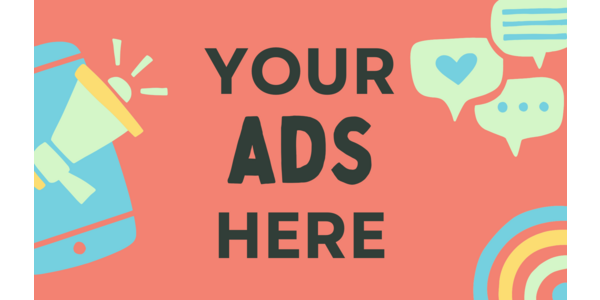Using Your Horn Effectively for Safe Driving
Your vehicle’s horn serves as a vital tool for communicating with other drivers and ensuring road safety. It’s not just a sound-making device but a critical instrument for alerting others to potential dangers. Understanding when and how to use your horn correctly can help you avoid accidents and stay safe, especially in hazardous driving conditions.
When to Use Your Horn
Using your horn in the right situations is crucial. The California Driver’s Handbook emphasizes two primary situations when honking is necessary:
-
Avoiding Collisions: If you sense that another driver is not paying attention or could cause an accident, a quick honk can alert them to your presence. This could prevent collisions that might occur due to distractions or blind spots.
-
Mountain Roads with Limited Visibility: On narrow mountain roads, where drivers can’t see 200 feet ahead due to curves or obstacles, honking can alert oncoming traffic. This ensures that drivers approaching from the opposite direction are aware of your presence, reducing the risk of head-on collisions.
When Not to Use Your Horn
While using the horn is important in dangerous situations, it’s also essential to avoid unnecessary honking. Misusing the horn can confuse other drivers or escalate road rage. The following are instances where honking should be avoided:
-
Out of frustration or impatience: Using the horn simply because you’re annoyed with traffic doesn’t contribute to road safety and can cause undue stress to other drivers.
-
At pedestrians or cyclists: Honking at pedestrians or cyclists can startle them, which may lead to accidents.
-
At traffic signals or slow-moving vehicles: Honking at a slow-moving vehicle at a signal light does not improve the situation and may lead to unnecessary tension.
Best Practices for Using Your Horn
-
Be polite with your horn use: When honking, keep it brief and respectful. A light tap is enough to get someone’s attention without sounding aggressive.
-
Situational awareness: Before you honk, assess the situation. Will the honk serve as a safety alert, or could it cause confusion or frustration? Make sure your horn use is justified.
-
Use other communication methods: Besides your horn, use signals like flashing headlights to communicate with drivers. Sometimes, a signal may be a better way to convey your intentions than using the horn.
External Insights
Research shows that frequent horn use is common in dense traffic regions, but studies indicate that this can increase stress levels for both the driver honking and the recipients. In places like Europe and Japan, horn use is often reserved strictly for emergencies, promoting a quieter and less stressful driving environment. Moreover, overuse of the horn can lead to driver desensitization, making it less effective in situations where it’s truly needed.
In conclusion, using your horn properly and thoughtfully can enhance road safety and contribute to a more pleasant driving experience for everyone. By following the guidelines from the California Driver’s Handbook and observing best practices, you can ensure that you are using this essential tool only when it’s truly necessary.






Recent Comments